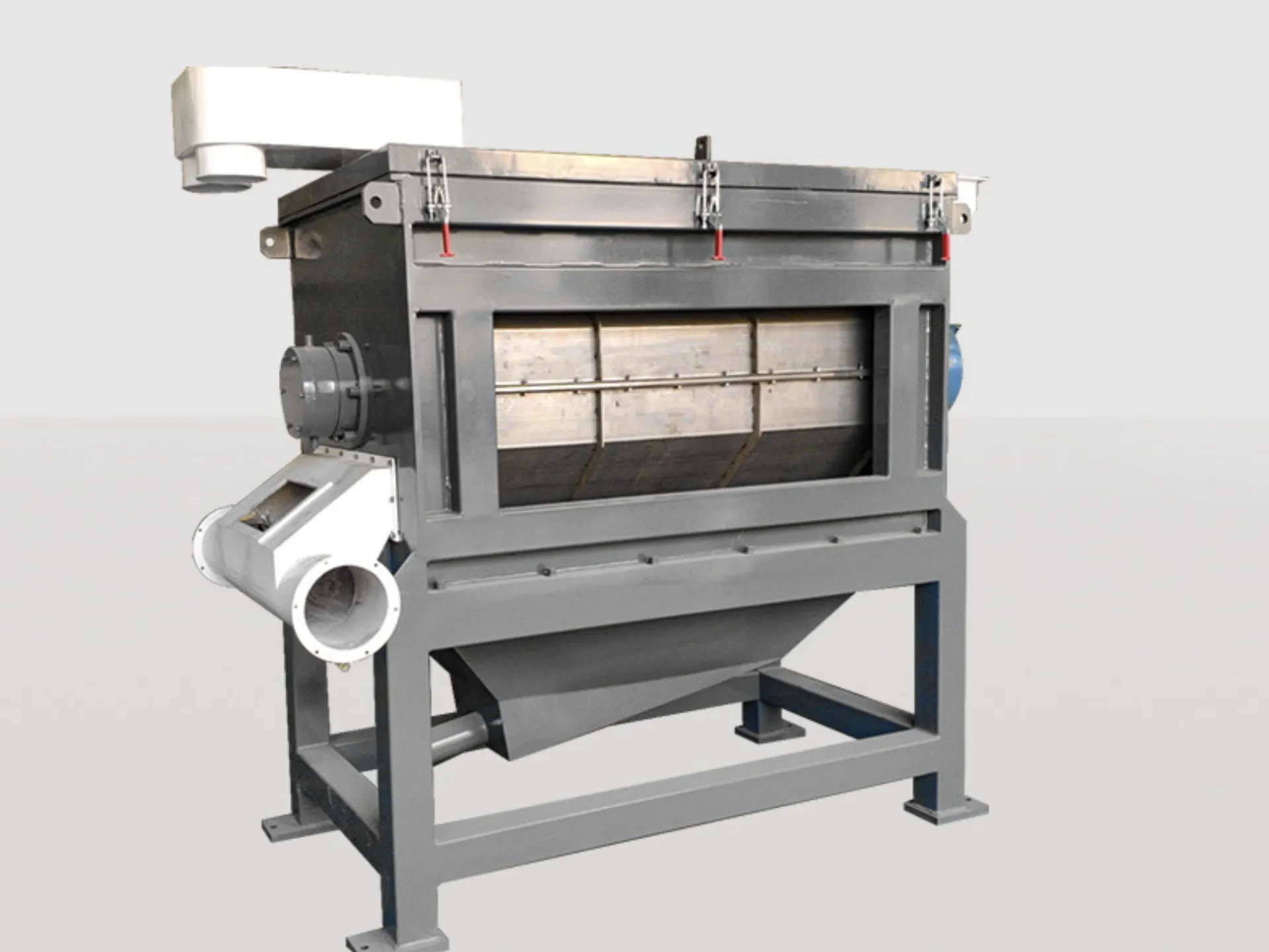Centrifugal dryers are instrumental in recycling operations, efficiently removing moisture from processed materials to enhance the quality and usability of recycled products. This guide explores how centrifugal dryers work, their advantages, and best practices for their maintenance.
Understanding Centrifugal Dryers
Centrifugal dryers operate by utilizing high-speed spinning to expel moisture from materials. In the recycling industry, they are particularly essential for drying plastic flakes, pellets, and other materials after the washing process. The rapid spinning action generates centrifugal force, which effectively separates water from solid materials.
Advantages in Recycling Applications
- Efficiency: Centrifugal dryers significantly reduce drying times, which helps boost throughput and productivity in recycling facilities.
- Energy Conservation: By relying on mechanical force rather than thermal drying, these dryers substantially cut down on energy consumption, making them an environmentally-friendly choice.
- Material Integrity: The gentle drying process helps preserve the physical properties of recycled plastics, maintaining high-quality standards for reuse.
Key Applications of Centrifugal Dryers
- Plastic Recycling: These dryers are crucial in drying polyethylene (PE), polyethylene terephthalate (PET), and polypropylene/polyethylene (PP/PE) flakes. They are commonly used in PE film and PET bottle washing lines, significantly reducing moisture content before further processing.
- Broader Recycling Use: Beyond plastics, centrifugal dryers are utilized across various industries for any materials that need to be moisture-free before moving on to further stages like extrusion or packaging.
Design Features and Innovations
Modern centrifugal dryers come equipped with innovative features that enhance their performance and ease of use:
- Visual Monitoring Windows: Allow operators to monitor the drying process without stopping production.
- Advanced Filtration Systems: Incorporate specialized filtration and dirt-lifting screws that improve dehydration and contaminant removal for better final product quality.
- Optional Heating Elements: Some models include a heating component to further reduce moisture, combining mechanical and thermal drying for optimal results.
Operational Considerations and Maintenance
While centrifugal dryers are highly effective, proper installation and maintenance are crucial for preventing operational issues. Incorrect installation of components like damping elements can lead to excessive vibration, resulting in inefficiencies or inadequate drying.
Key maintenance practices include:
- Drum Maintenance: Regularly clean drum perforations to prevent blockages that could impede water removal.
- Lubrication of Moving Parts: Ensure that all moving components are well-lubricated to maintain optimal performance and extend the machine’s lifespan.
Benefits of Using Centrifugal Dryers
- Enhanced Efficiency: Centrifugal dryers offer reduced drying times compared to traditional thermal dryers, resulting in higher productivity.
- Energy Savings: By relying primarily on mechanical force, these dryers consume significantly less energy than heat-based methods.
- Preserving Material Quality: Quick and thorough moisture removal prevents degradation of material quality, ensuring high usability for subsequent recycling processes.
Conclusion
Incorporating centrifugal dryers into recycling operations dramatically improves process efficiency, energy savings, and the quality of recycled products. By understanding their functionality and ensuring proper maintenance, recycling facilities can fully leverage centrifugal dryers to optimize performance and contribute meaningfully to sustainable material management.
Whether drying plastic pellets or preparing materials for extrusion, centrifugal dryers are a cornerstone technology in the recycling industry, driving better outcomes for both productivity and product quality.




[…] allow mold/mildew during storage. Drying after washing thus helps meet quality standards for reuse (Centrifugal dryer for recycling applications) by delivering flakes that are clean, dry, and ready to be […]